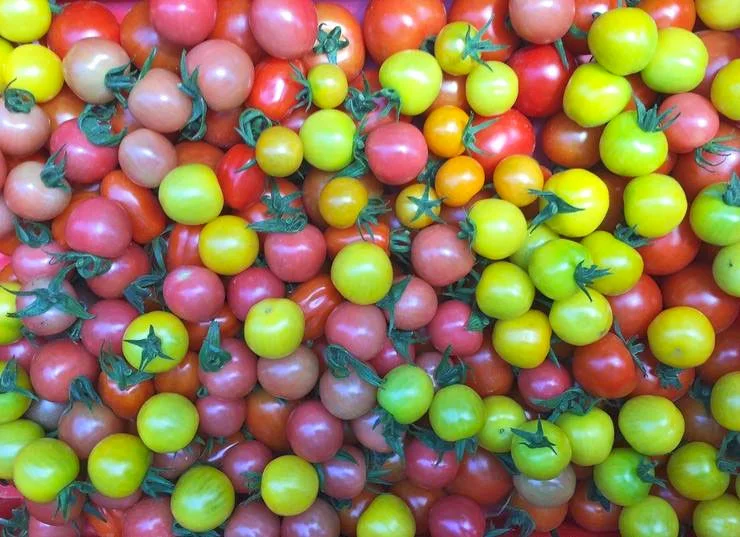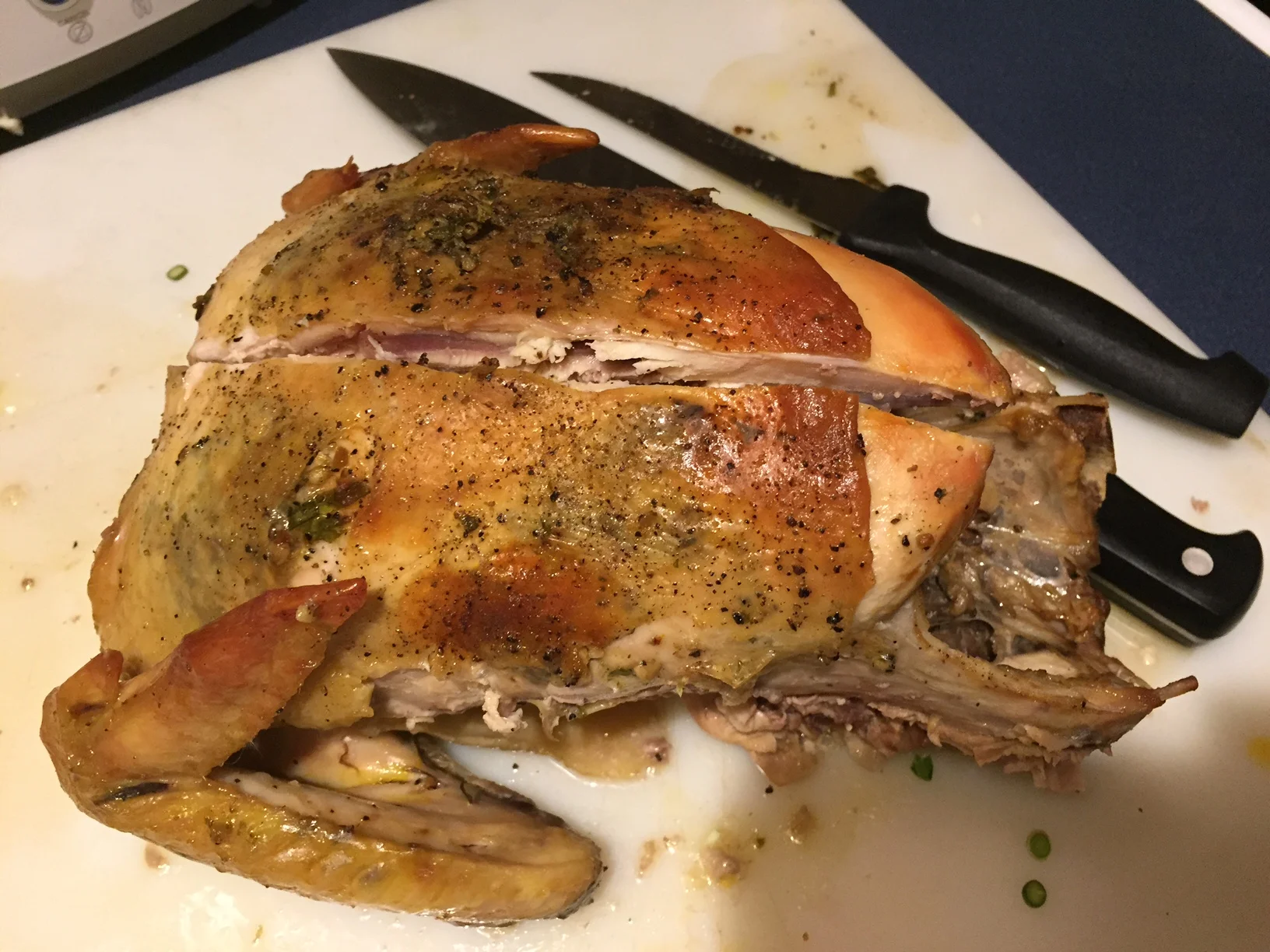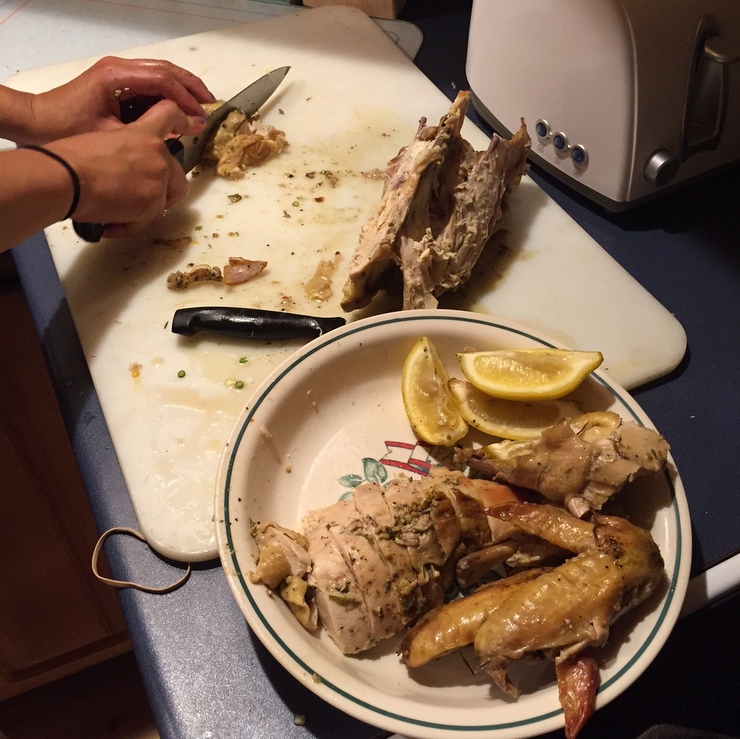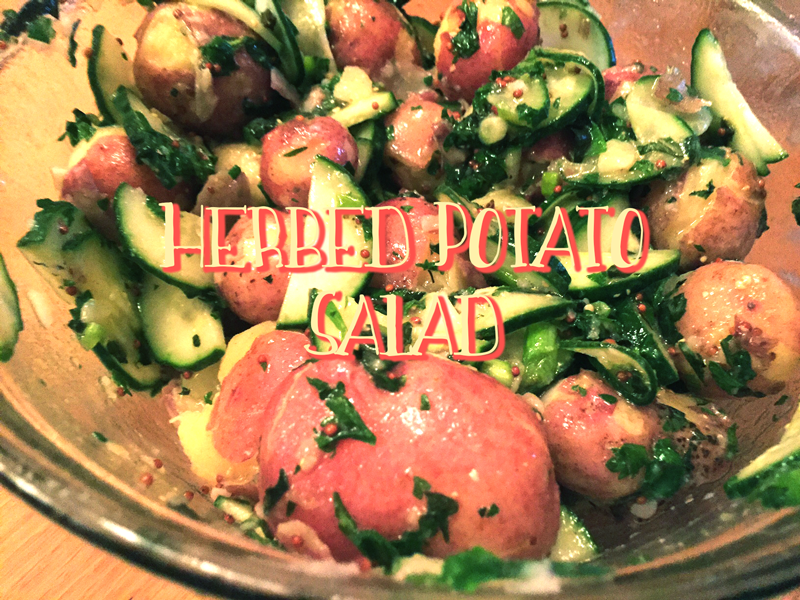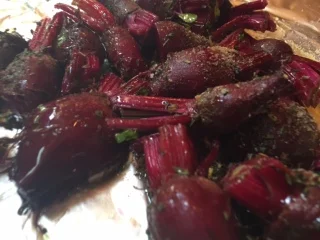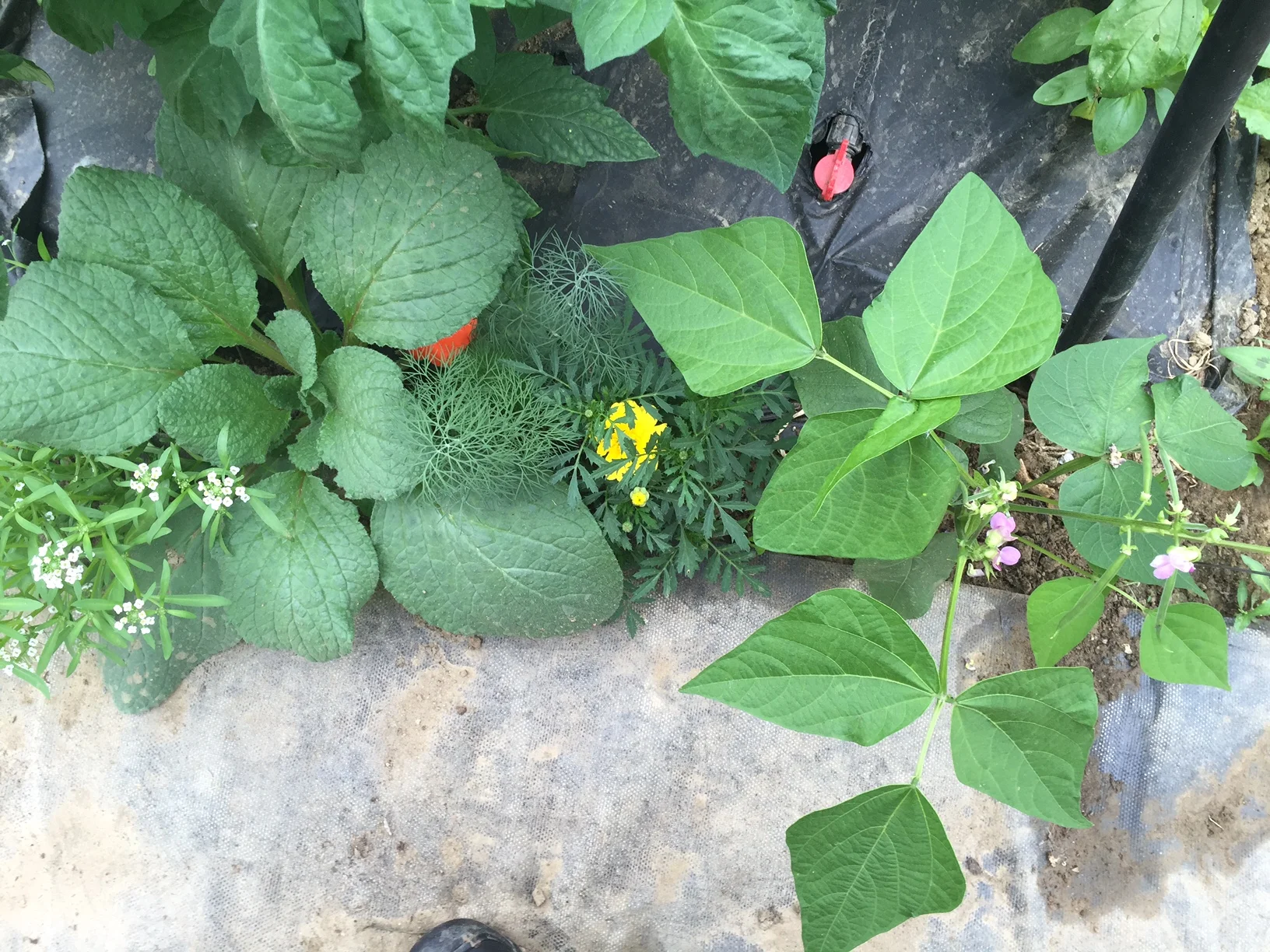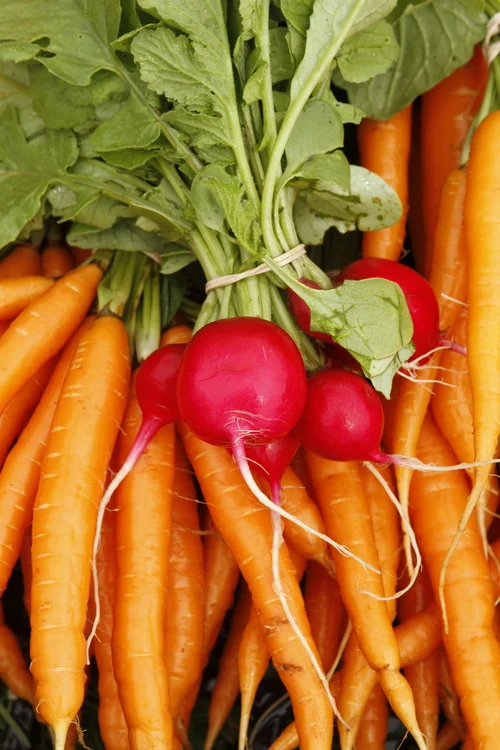Before I used a wok I never understood the magic of the wok. I can't explain the magic, but it comes through in every stir-fry.
Ginger Turmeric Stir-fry
2 TBSP Coconut, Sesame, or Peanut Oil
1 Bunch Hakurei Turnips
1 Bunch Baby Pac Choi
1 Small Onion
1 Zucchini
1 TBSP Freshly grated or Ground Ginger
1 TBSP Ground Turmeric
1 tsp Salt
1/2 Cup Peanuts or Cashews
1 Bunch Cilantro (optional)
1 Bunch Scallions (optional)
2 cups cooked Jasmine Rice
1 lime
Start the rice according to package instructions. My jasmine rice takes almost an hour, so I will often set this first thing after work, take a shower, and then start prepping the rest of the meal.
Heat 2 TBSP Coconut oil in a wok over medium heat. Add the chopped onion and peanuts. After the onion begins to soften, add 1 TBSP ginger and 1 TBSP tumeric. Stir in so the herbs and the oil create a light paste over the onions. Once mixed in, add the zucchini, pac choi, and hakurei turnips. My goal is to have some crunch left in the zucchini, pac choi stems, and turnips, so I like to let them cook for about 5-7 minutes.
Chop cilantro and scallions into a bowl. Serve your plate with the veggies over the rice, and the fresh herbs over the veggies. Adding a touch of crushed peanuts to the top and a wedge of lime will finish it off nicely.

